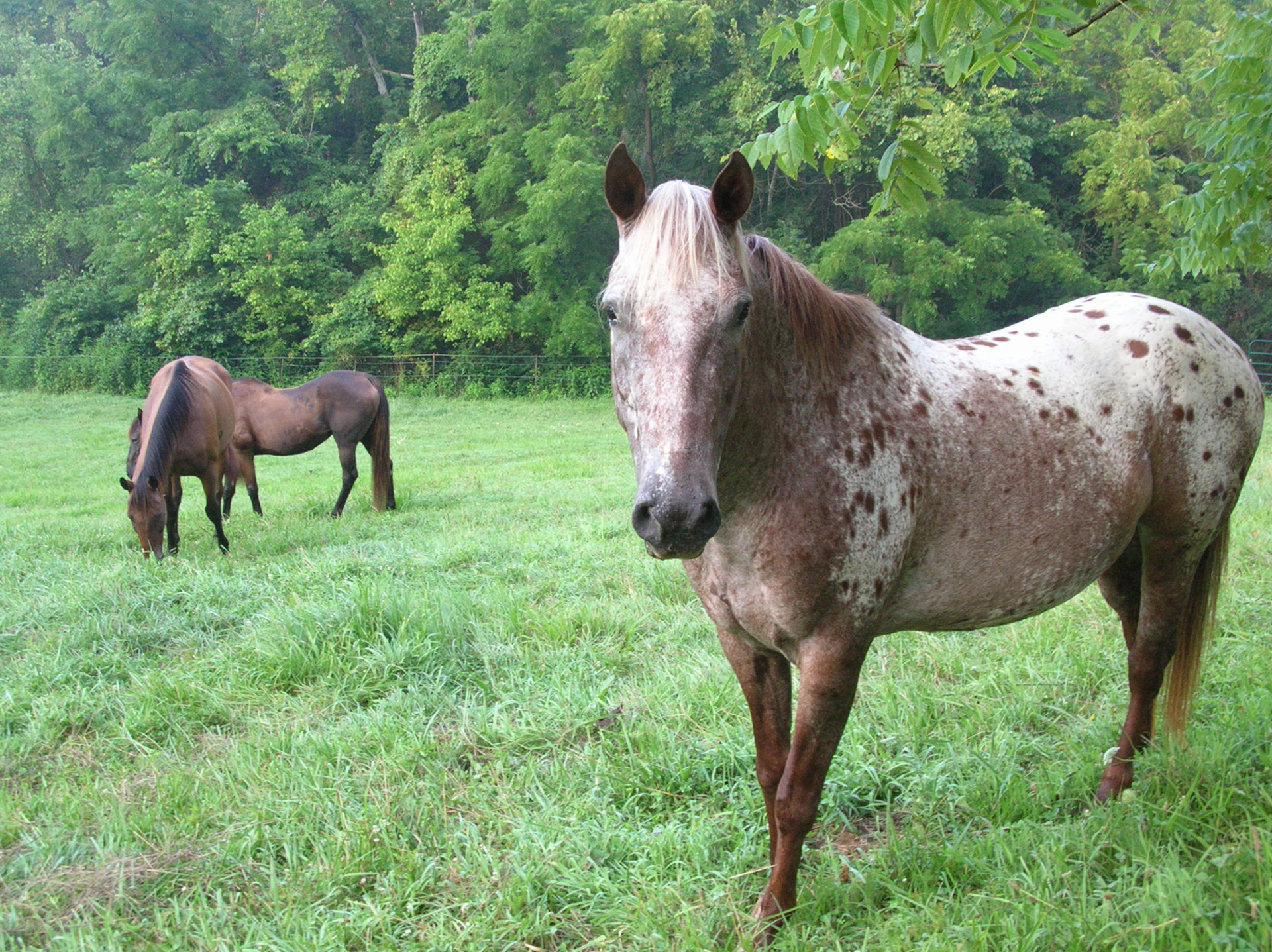 |
Researchers at the University of Sussex have published their research on how horses communicate [1]. It seems that they use their swiveling ears to aid in communication.
|
Talking to someone who is not a scientist, but has lots of experience of working with horses, said that the horse riding community knew this already. However, a scientific study was needed as anecdotal evidence is not enough.
That said, this was known about for donkey’s years*!
*Non-native speakers may find this link useful.
Link
Horses’ mobile ears are ‘communication tool’ BBC News
Reference
Jennifer Wathan & Karen McComb, The eyes and ears are visual indicators of attention in domestic horses, Current Biology , Volume 24, Issue 15, 4 August 2014, Pages R677–R679.
As you can imagine as a mathematician, the bigger and harder the equations the happier I am. Not really, we look for pattens and elegance rather than just difficult equations, though of course difficult equations can be elegant and contain a lot of interesting structure.
Anyway, scientists now have an equation for happiness and here it is

Taken from [1].
Now we just need to apply some calculus to find the maxima (local or global I’m not fussy) and find out just how happy a mathematician can be!
Reference
[1] Robb B. Rutledge, Nikolina Skandali, Peter Dayan, and Raymond J. Dolan, A computational and neural model of momentary subjective well-being, PNAS 2014 : 1407535111v1-201407535.
Link
Equation ‘can predict momentary happiness’ BBC News
Random thoughts on mathematics, physics and more…

